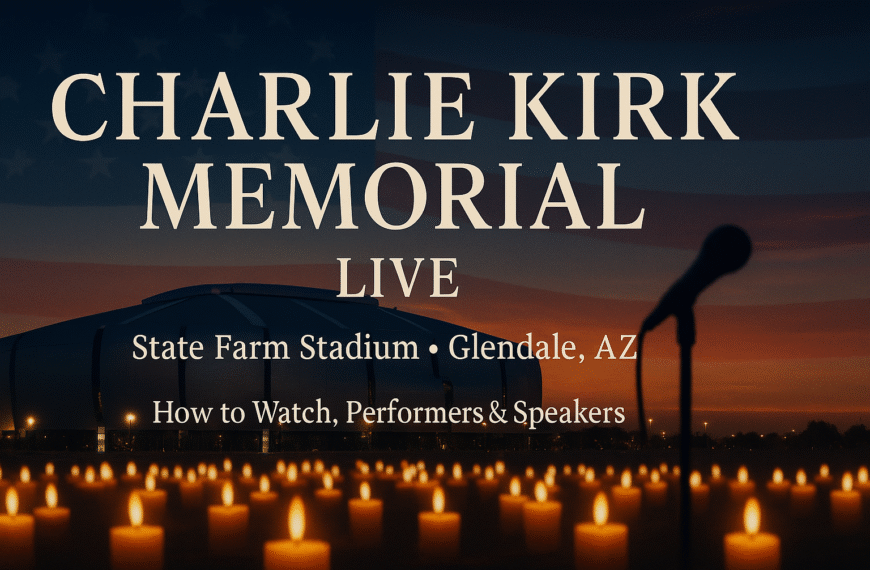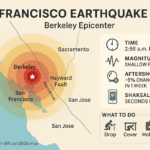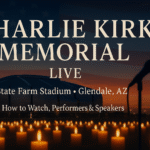Trump UN speech 2025.
(Secondary intent: trump at un, trump speech today, un general assembly 2025, trump united nations, what 7 wars did trump end, teleprompter, UNGA)
Table of Contents
- Why Trump at UNGA 2025 matters
- The core themes of Trump’s UN speech 2025
- Teleprompter and stagecraft vs. statecraft
- “What 7 wars did Trump end?”—how to fact-check the claim
- UN General Assembly 2025: what allies and rivals heard
- Where UN fits now: reform, relevance, results
- What to watch next after Trump’s UN speech 2025
- FAQs: Trump at the United Nations
- Key takeaways
- Final thought: sovereignty vs. coordination
Key Moments from Trump UN Speech 2025
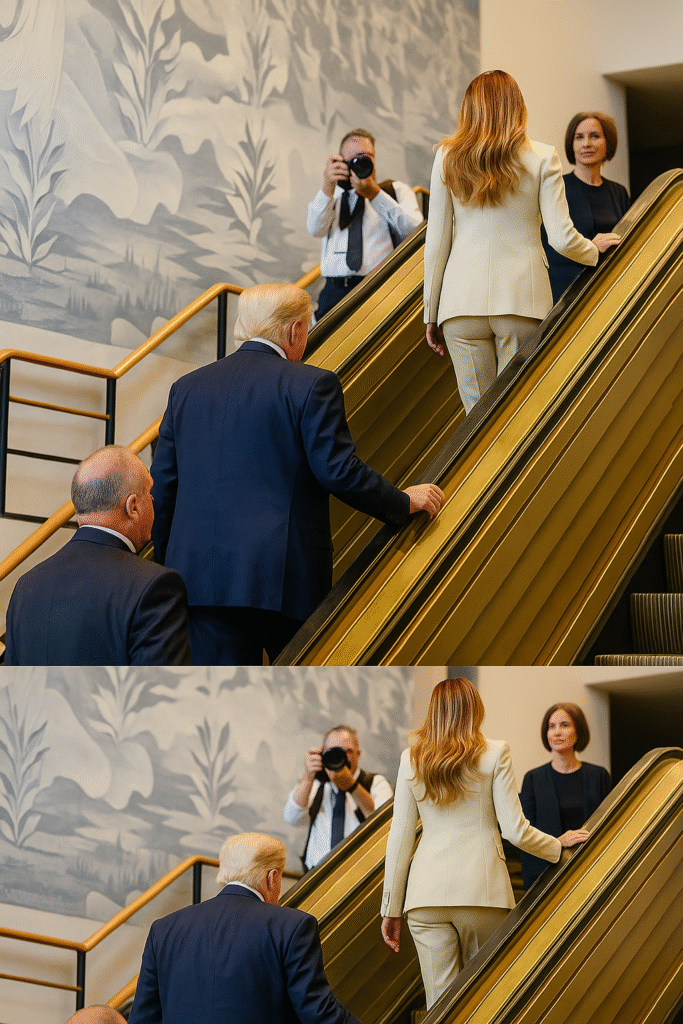
- Internal (do-follow):
- External (authoritative, do-follow):
Key Moments from Trump UN Speech 2025
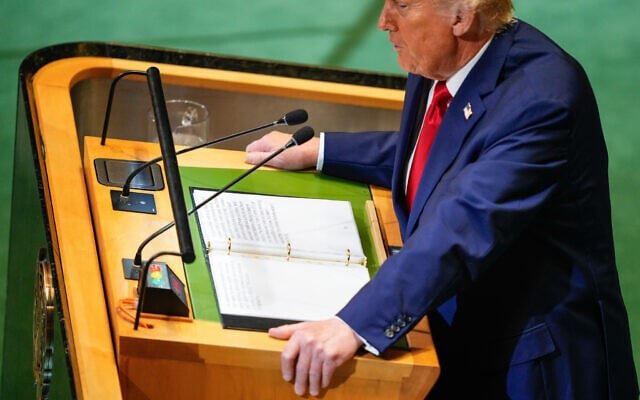
Reactions to Trump at the United Nations (UNGA 2025) When people search “Trump UN speech 2025,” they’re really asking how one high-profile address at the United Nations General Assembly 2025 might ripple through debates on borders, conflicts, and climate. UNGA is the one week when presidents and prime ministers talk past each other—and still manage to set the tone for the year. That’s why Trump at UN draws outsized attention: it converts domestic talking points into foreign-policy signals, on the world’s biggest microphone.
Reactions to Trump at the United Nations (UNGA 2025)
The core themes of Trump’s UN speech 2025

Sovereignty first. The speech placed national sovereignty at the center and argued that secure borders, controlled migration, and domestic prosperity are prerequisites for global stability. Supporters call this realism; critics hear retrenchment. Either way, the message sets negotiating expectations far beyond New York.
Security and wars. The address leaned on a results-oriented frame—prioritizing faster deals, pressure campaigns, and bilateral arrangements over sprawling multilateral forums. That lens explains the appeal of the “what 7 wars did Trump end” claim; it’s a scoreboard in an age of attention scarcity.
Climate and energy. The United Nations pushes coordinated emissions cuts and finance; the speech re-centers national energy choices and cost-of-living concerns. Markets, meanwhile, continue allocating capital into clean tech and efficiency—creating a tug-of-war between policy posture and price signals.
Trade and industry. Expect more talk of strategic sectors, supply chains, and industrial policy. The subtext: sovereignty isn’t just borders; it’s batteries, chips, shipping lanes, and standards.
Teleprompter and stagecraft vs. statecraft
Yes, the teleprompter moment trended. It always will. Viral stagecraft gets casual readers to click; statecraft keeps policymakers in the room. If the performance served the policy, it did its job: audiences who only saw the clip still absorbed the headline—Trump at the UN equals sovereignty-first.
Pro tip for readers: when a speech goes viral, skim the transcript and compare three things: opening priorities, middle-section specifics (verbs like commit, will, support, suspend), and closing asks. That triage shows you what survived the teleprompter drama.
“What 7 wars did Trump end?”—how to fact-check the claim

A fair test for any “ended a war” statement:
- Durability: has the violence materially declined for 12+ months?
- Verification: is there a monitored agreement (often via a UN or regional mechanism)?
- Civilians: are displacement and civilian casualties trending down?
- Compliance: are milestones being met (prisoner releases, demobilization, elections)?
If a Trump UN line about “seven wars” ticks those boxes with names, dates, and monitors, call it progress. If it’s a bundle of de-escalations without verification, treat it as branding—interesting, but unproven.
UN General Assembly 2025: what allies and rivals heard
Allies heard a firmer border message and a higher bar for multilateral deals. Result: more mini-coalitions and issue-specific compacts, fewer blanket communiqués.
Rivals saw leverage points—pressure where interests overlap, bluntness where they don’t.
Middle powers will keep hedging: use UNGA to keep doors open, use bilateral channels for deliverables.
Where UN fits now: reform, relevance, results
The United Nations is less a magic wand than a machine: committees that write rules, agencies that move aid, peacekeepers who monitor lines no one trusts. In a sovereignty-first era, UN bodies still matter because they reduce transaction costs for cooperation: standard-setting, verification, and legitimacy. The test is not whether UNGA speeches “solve” crises—they don’t—but whether the week catalyzes follow-through.
What to watch next after Trump’s UN speech 2025
- Migration (policy vs. protection): Will Washington and partners tie aid to enforcement benchmarks? If yes, expect friction with protection-first mandates from UN agencies—and experiments with “safe mobility” pilots.
- Climate (pledges vs. prices): If capitals de-prioritize UN-brokered targets, do cities, states, and firms keep decarbonizing for competitiveness and risk management? Watch corporate disclosures and grid investment.
- Security (mini-deals vs. multilateral scaffolding): Bilateral deals can move faster; without verification they can also unravel. The UN often provides the scaffolding (observers, reporting, sanctions pathways) that keeps fragile deals from cracking.
- Funding (the real tell): Teleprompters don’t move aid; budgets do. Track assessed and voluntary contributions. That’s where rhetoric becomes reality.
FAQs: Trump at the United Nations
Q1. What did Trump say at the UN today?
A: A sovereignty-first agenda: tougher borders, selective multilateralism, and results over process—framed for UN General Assembly 2025.
Q2. Did Trump use a teleprompter at UNGA?
A: Yes, and a brief hiccup went viral. The clip doesn’t change the policy signals; it amplified them.
Q3. What does “what 7 wars did Trump end” refer to?
A: A catch-all claim bundling de-escalations. Apply the durability/verification/compliance test before calling any conflict “ended.”
Q4. Why does Trump at UN matter for ordinary readers?
A: Because UN-week signals affect visas, trade rules, energy prices, and whether fragile ceasefires hold.
Q5. Is UNGA just speeches?
A: The speeches set intent; the side meetings cut deals. The United Nations works best when the theater sparks the paperwork.
Key takeaways
- Trump UN speech 2025 centered sovereignty and borders; expect it to shape migration debates.
- The teleprompter moment was viral theater; budgets and follow-through decide outcomes.
- Treat “seven wars” as a hypothesis; verify with durable, monitored results.
- UNGA remains the venue that turns political intent into practical monitoring and standards.
Final thought: sovereignty vs. coordination
Here’s the question UNGA put on your screen: When does sovereignty beat coordination—and when does coordination beat sovereignty? If your metric is “arrivals reduced,” “emissions cut,” or “ceasefires holding,” what blend of national control and United Nations scaffolding gets you there fastest? Drop your answer—along with the metric you’d use to prove it.
In the end, the impact of the Trump UN speech 2025 will be judged by outcomes—on borders, climate, and ceasefires—not the teleprompter moment.

